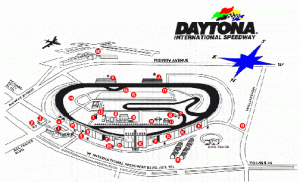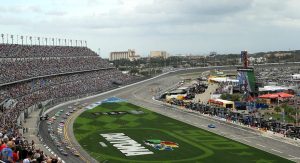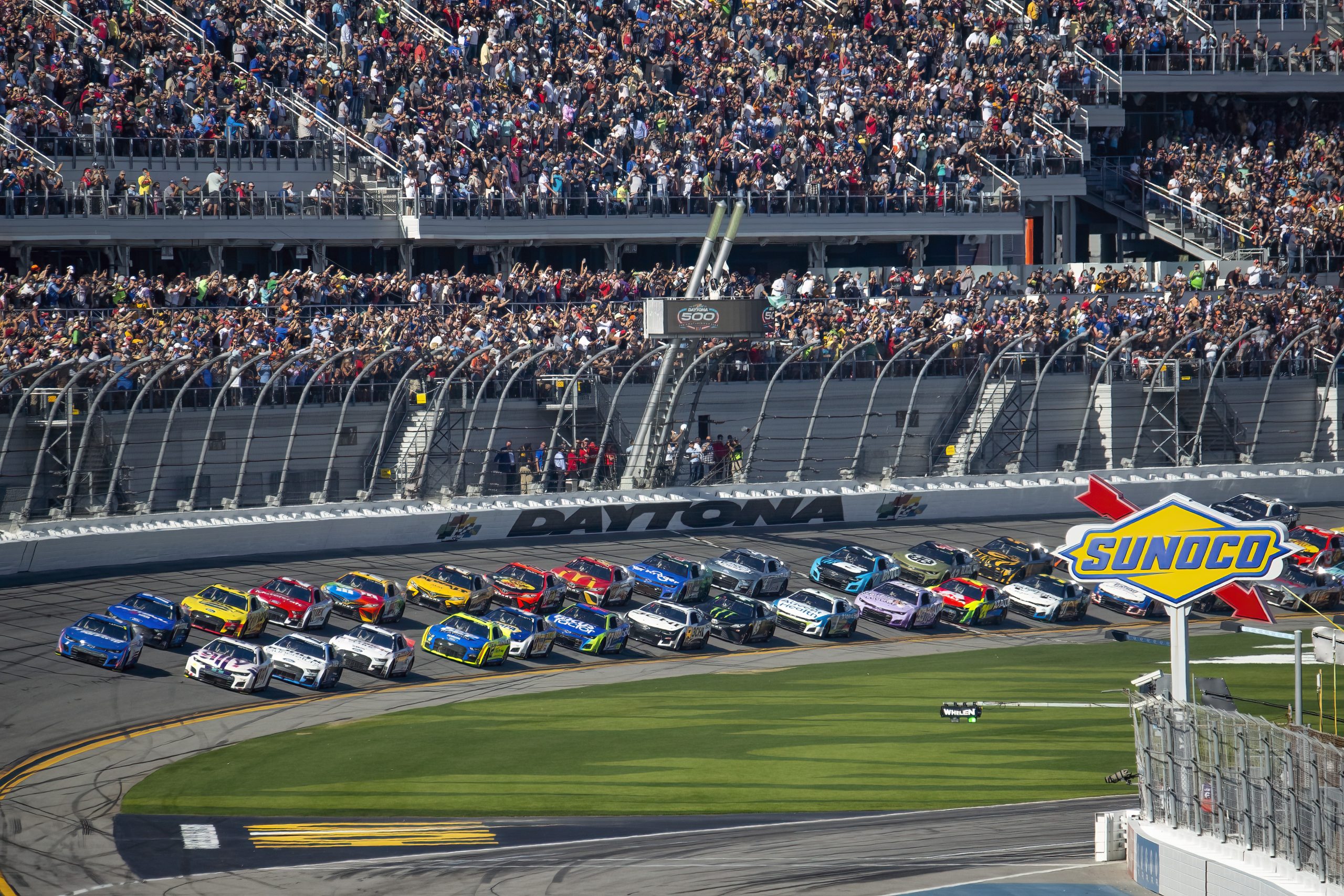The Daytona 500 stands as the crown jewel of American stock car racing, a high-speed extravaganza that captivates millions of fans around the globe. Held annually at the Daytona International Speedway in Daytona Beach, Florida, this iconic event marks the beginning of the NASCAR (National Association for Stock Car Auto Racing) Cup Series season. With its rich history, intense competition, and legendary moments, the Daytona 500 is more than just a race; it’s a celebration of motorsport’s finest.
History and Origins
The roots of the Daytona 500 trace back to the birth of NASCAR itself. Founded in 1948 by Bill France Sr., NASCAR aimed to organize and standardize stock car racing across the United States. As the sport gained popularity, France envisioned a marquee event that would showcase the prowess of NASCAR drivers and elevate the sport’s profile. Thus, the idea for the Daytona 500 was born.

The inaugural Daytona 500 took place on February 22, 1959. It was a historic moment, with Lee Petty emerging as the victor in a photo finish, narrowly defeating Johnny Beauchamp. This thrilling conclusion set the stage for decades of exhilarating racing action at the Daytona International Speedway.
The Track
The Daytona International Speedway is a 2.5-mile tri-oval superspeedway known for its high banks and blistering speeds. Constructed in 1959, the track underwent numerous renovations and improvements over the years, ensuring it remains a premier venue for motorsport events. The Daytona 500 utilizes the full oval configuration, challenging drivers with its wide turns and long straightaways.
One of the most iconic features of the Daytona International Speedway is the towering grandstands that line the front stretch, providing spectators with unparalleled views of the action. The track’s capacity exceeds 100,000 seats, making it one of the largest sporting venues in the world.

The Race Format
The Daytona 500 typically consists of 200 laps, totaling 500 miles, although variations in distance have occurred over the years due to factors such as weather or scheduling. The race is divided into three stages: Stage 1, Stage 2, and the Final Stage. Each stage offers drivers the opportunity to earn championship points, with bonus points awarded to stage winners.
One of the most distinctive aspects of the Daytona 500 is its qualifying process. Unlike traditional qualifying sessions, which involve individual time trials, the Daytona 500 utilizes a unique format known as the “Duels.” These twin qualifying races, held a few days before the main event, determine the starting lineup for the race. The top finishers in each Duel earn coveted starting positions in the Daytona 500, adding an extra layer of drama and excitement to the proceedings.

Notable Moments and Legends
Over the years, the Daytona 500 has produced countless memorable moments and crowned numerous champions. From photo finishes to spectacular crashes, the race has seen it all. One of the most legendary figures in Daytona 500 history is Richard Petty, who captured a record seven victories in the event, earning him the nickname “The King” of stock car racing.
Other notable drivers who have left their mark on the Daytona 500 include Dale Earnhardt Sr., who finally secured a long-awaited victory in 1998 after years of near misses, and Jeff Gordon, whose three Daytona 500 wins solidified his status as one of NASCAR’s all-time greats.
In addition to individual achievements, the Daytona 500 has also been the stage for groundbreaking moments in NASCAR history. In 1976, Janet Guthrie became the first woman to compete in the Daytona 500, paving the way for future generations of female racers. In 2020, Denny Hamlin secured his second consecutive Daytona 500 victory, becoming the first driver since Sterling Marlin in 1995 to accomplish this feat.
The Impact of the Daytona 500
Beyond its significance within the world of motorsport, the Daytona 500 holds a special place in American culture. It attracts fans from all walks of life, from die-hard racing enthusiasts to casual observers drawn in by the spectacle. The race serves as a showcase for automotive technology and engineering prowess, with manufacturers using it as a platform to demonstrate the performance and reliability of their vehicles.
Moreover, the Daytona 500 generates substantial economic impact, both locally and nationally. The influx of visitors to Daytona Beach boosts tourism and hospitality industries, while television broadcasts and corporate sponsorships contribute to the event’s financial success. As a result, the Daytona 500 has become more than just a sporting event; it’s a major economic driver and a source of pride for the communities it serves.
Conclusion
The Daytona 500 stands as a testament to the enduring popularity and excitement of stock car racing. From its humble beginnings in 1959 to its status as a global phenomenon, the race has evolved into a cultural institution that transcends the sport itself. With its rich history, legendary moments, and unparalleled thrills, the Daytona 500 continues to captivate audiences and inspire generations of racing fans around the world.

